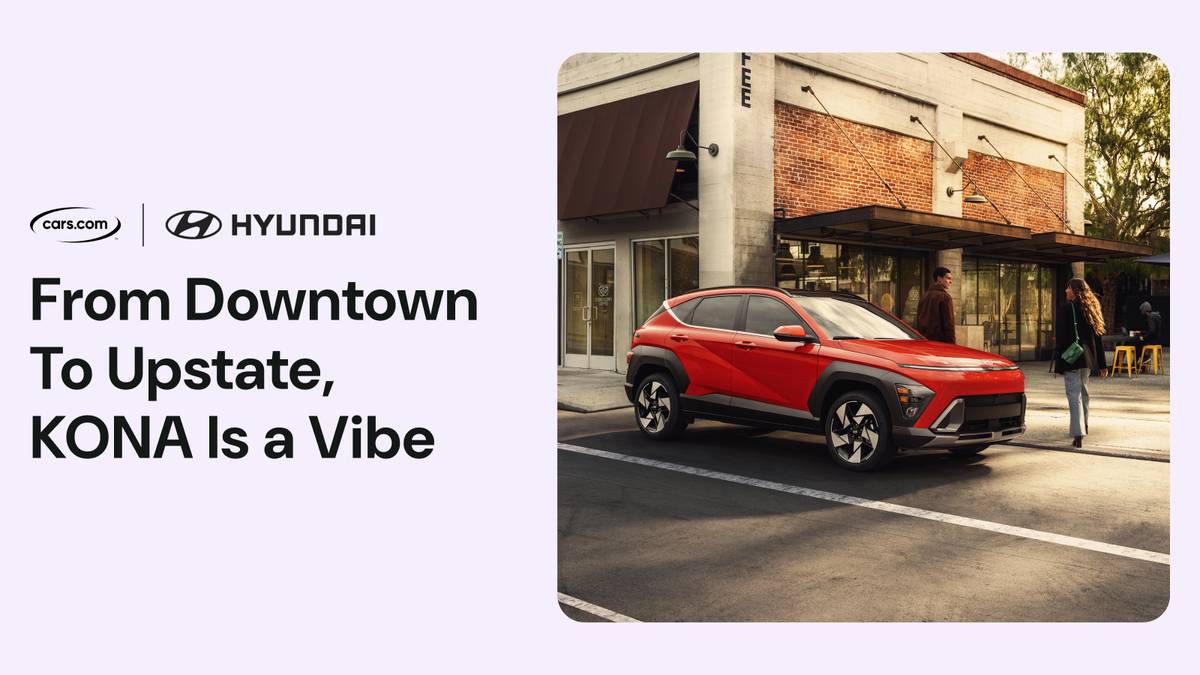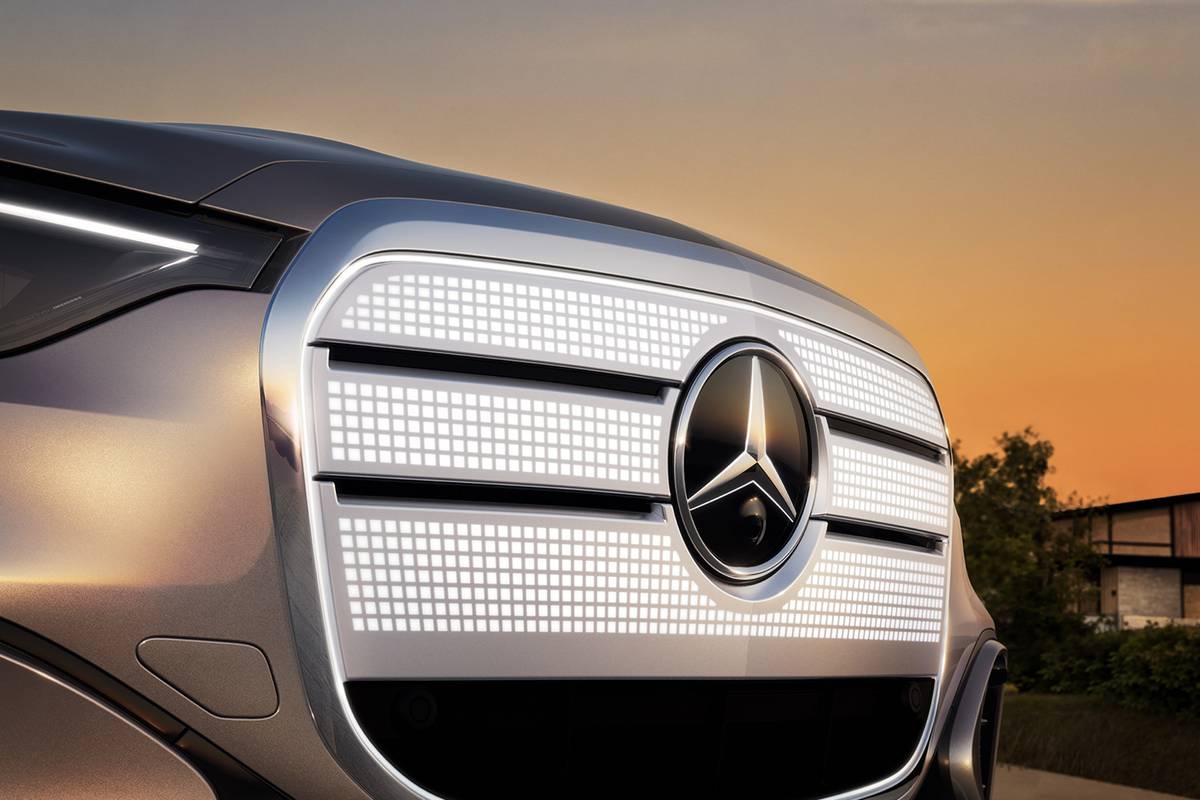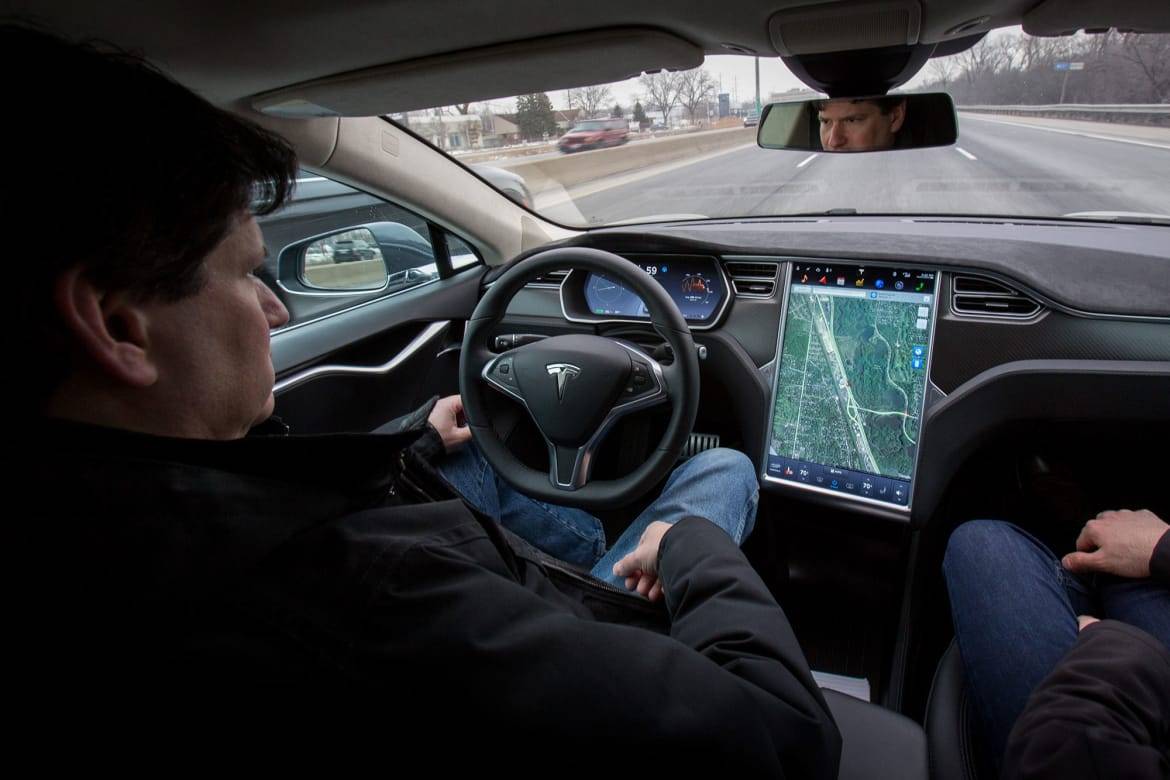chicagotribune.com's view
Volkswagen, builder of low-price, high-mileage economy cars, also has become the builder of high-price, low-mileage luxury cars.
A car for every purse and every purpose, you could say, which is what Alfred Sloan once said was the reason General Motors established several divisions with a variety of vehicles.
Seems like only yesterday that VW made media eyes pop and jaws drop when it unveiled a concept of a retro Beetle at the 1994 Detroit Auto Show that signaled a return to its roots as the builder of cars for the masses. The production model arrived in March 1998 as the New Beetle.
Let BMW and Mercedes-Benz cater to the designer water crowd; VW would provide transportation for the blue-collar masses with a bunch of Beetles.
But VW has gone from Bugs to Boutique.
Enter the 2002 Passat W8, a car that boasts two VW firsts–its first 8-cylinder engine, a no-doubt-about-it hint that “high mileage” wasn’t the motivation, and the “almost $40,000” window sticker, which rules out “low price.”
The Passat W8 starts at $37,900 for the sedan and $38,700 for the wagon, stickers that most European car aficionados consider the price of entry into the BMW or Mercedes family.
While Passat accounts for just under 100,000 unit sales annually, give VW credit in estimating first-year demand at only about 5,000 W8 versions to test the market for how many VW loyalists wish to move up and how many BMW and Mercedes loyalists might move over.
Shouldn’t be surprised by an 8-cylinder VW that tickles $40,000. After all, the lineup is going to move even more upscale soon.
In early ’03, VW will bring out the Phaeton, a $60,000 sedan powered by a V-8 or a high-powered 12-cylinder engine boasting in excess of 400 horsepower, leaving little doubt that it isn’t a low-price, high-mileage entry, either.
And it will be joined by the long-awaited sport-utility with the ungodly name of Touareg developed with Porsche, which will have a version called Cayenne, that should be priced in the W8 range with a choice of V-6 and V-8 engines but which will move up when later it offers a 12-cylinder.
“Some have misinterpreted our move with the W8,” says VW spokesman Tony Fouladpour. “VW stands for German engineering and driving enjoyment, and we haven’t moved away from our original values, which will remain while we expand our lineup upward.
“Maybe $60,000 for a Phaeton [or $37,900 for a W8] is a lot of money, but it’s going to be a lot of car for the money, too, just as the Golf is at $15,000 and the Beetle at $16,000,” he said.
“We are simply going to expand the VW brand more to help keep our loyalists while at the same time attracting others out of other German cars that cost $10,000 more,” Fouladpour said.
As for Touareg, Fouladpour noted: “At one time people didn’t understand the names Passat or Scirocco, either.”
We tested the W8 sedan, powered by a 4-liter, 270-h.p. 8-cyl inder with a novel double V, or what VW calls a W-cylinder configuration, thus the W8 designation. It is teamed with a 5-speed automatic transmission with Tiptronic, the wannabe manual that lets you shift through the gears without bothering with a clutch.
The zero- to 60-m.p.h. time is 6.5 seconds.
Quick to be sure. Quiet, too.
But while quick and quiet are nice in any car, the W8 also is blessed with 4Motion as standard, the name given to the all-wheel-drive system called Quattro at sister Audi division.
While the 8-cylinder provides the power to move, 4Motion provides the stability to move where the nose is pointed. Move where and when you want. Dictate your own terms. And with electronic stability control systems as a companion standard feature, forget slip and slide when you move, attributes of, well, low-price high-mileage economy cars without 4Motion or Quattro.
But the fuel-economy rating is only 18 m.p.g. city/25 m.p.g. highway
P ssat is built on the same platform as the Audi A6, and with 4Motion you’d swear you were driving an A6, a plus for any vehicle with a VW moniker.
Can’t say that “almost $40,000” is all that appealing for a VW and certainly can’t say that 18/25 makes $2 a gallon appealing. But the sure-footed handling that the W8 delivers goes a long way to offset the price and mileage gripes, especially for those 5,000 potential buyers to whom “almost $40,000” and 18/25 are lower on the priority list than pleasant ride, outstanding handling, above-average performance and a host of safety and stability features.
The W8 is next in what seems a rather long line of Passat offerings that start at about $22,000 and include the GLS with a 1.8-liter, turbocharged 4-cylinder and GLS and GLX with 2.8-liter V-6. Like the W8, all are offered in sedan or wagon versions.
Why so many Passats?
“Because midsize family cars is where the growth area is for cars,” Fouladpour noted.
Standard equipment in the W8 includes ESP, or electronic stabilization program; 16-inch, all-season, radial tires; front- and side-impact air bags with side curtains; four-wheel anti-lock brakes; climate control; power locks; power windows; power and heated mirrors; power and heated driver/passenger seats; Monsoon audio system with eight speakers and cassette/CD player; headlamp washers; and glass sunroof with shade.
A sport package with a stiffer suspension and 17-inch radials designed for even better handling will be a $1,500 option for the ’03 model year. And for ’03, you’ll be able to opt for a 6-speed manual in the W8, but only when you add the optional sports package. Tiptronic still will be offered.
It’s not just the suspension that’s stiff. The leather seats aren’t made for long-distance comfort. A vehicle designed with performance in mind needs more comfortable, form-fitting, hold-you-in-place chairs. The reason behind offering all-wheel-drive and stability control is to provide go-anywhere, any time motoring, which demands keep-you-in-command seating.
And next time around or within the next few months, it would make for more pleasant knee room and fewer run-ins with the armrest if the latter were slimmed down.
Finally, there’s ample rear-seat legroom for adults, but only because a design trick was used–making the seat bottom so small that you have to bring your knees toward your torso and away from the backs of the front seats to rest your tush on the cushion. At least VW was consistent in that the rear seat is as stiff as the front seats are.
Latest news



